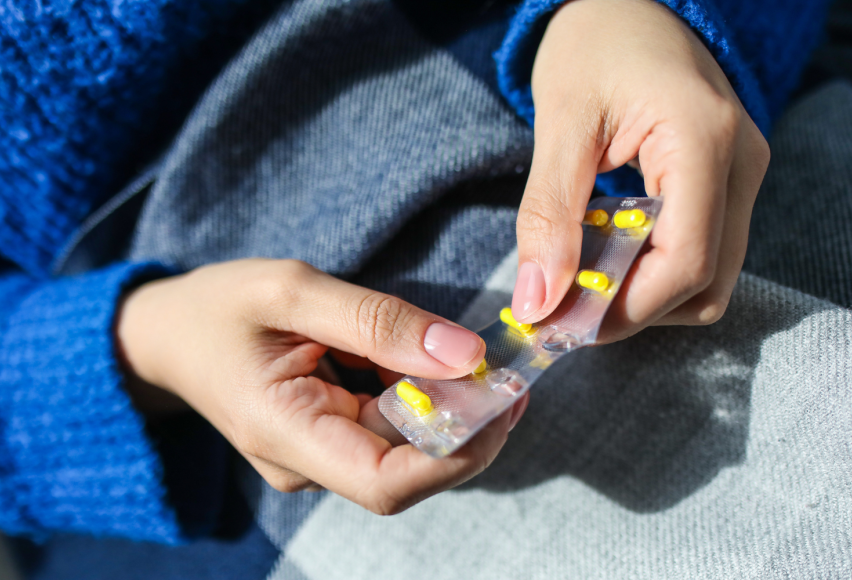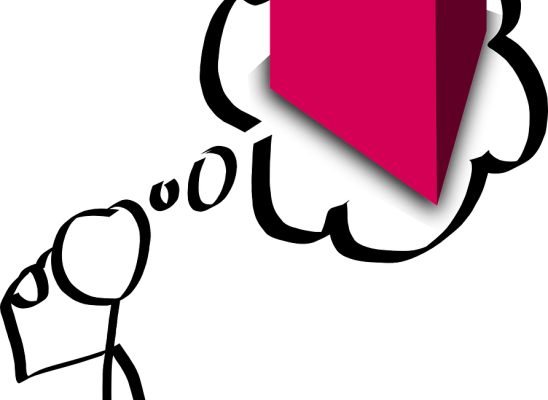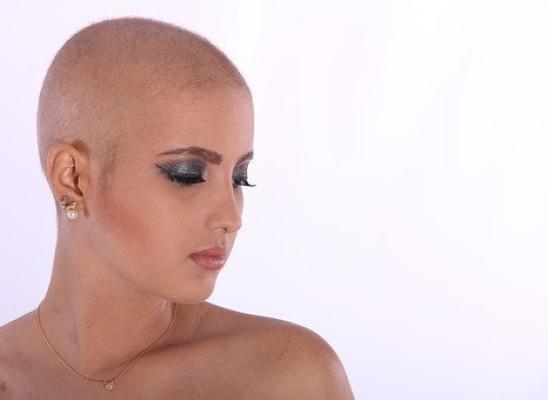Trich and Medication: It’s Complicated

Online test
Find out the severity of your symptoms with this free online test
When it comes to treating trichotillomania, there is no single, clear winner when it comes to treatment. Alot depends on the person and what their unique set of symptoms and needs looks like.
Historically, therapy has been the first-line treatment for hair pulling, specifically cognitive behavioral therapy (CBT), habit reversal training (HRT), and acceptance and commitment therapy (ACT). CBT, generally considered the gold standard treatment for hair pulling, focuses on the identification and modification of the underlying thoughts, feelings, and behaviors associated with hair pulling. HRT is a specific type of behavioral therapy that focuses on increasing awareness hair pulling behaviors and learning how to choose alternative or competing behaviors to replace the pulling. Some people have found relief in using these therapeutic approaches. ACT is a mindfulness-based approach that focuses on acceptance of unwanted internal thoughts or feelings and commitment to taking value-based actions to deal with issues.
The problem with the therapy only approach is that not everyone finds relief. For some, they may also have other co-occurring psychiatric conditions that can exacerbate their trich or make treatment a little more complicated. It begs the question, “Is there a medication that can help?”
A Complicated Picture
To date, there are no medications specifically approved to treat trich. Healthcare providers will sometimes prescribe medications to treat other co-occurring symptoms such as an SSRI (selective serotonin reuptake inhibitor) for treating a co-occurring depression or anxiety disorder. One of the things that researchers and mental health providers have found is that sometimes, medication used to treat another condition can sometimes help with trich symptoms. The medication isn’t specifically used for the trich, but it seems to help.
There’s also something known as synergistic treatment. In medicine, synergistic treatment refers to the phenomenon seen when the response to two or more drugs when combined is greater than the response of each drug when given alone. A common example of drug synergism is the combining of aspirin and caffeine. When combined, they provide greater pain relief than when either is taken alone. Combining medications is a common practice in medical care for cancer treatment, pain management, treating infections, and many other medical issues. Synergistic pharmacology is also used in the treatment of various mental health disorders including PTSD, depression, and OCD.
Recently, there has been a push to look at both medications and supplements as possible pharmacologic treatments for trich. A recent study reviewed the latest on the medication front.
Naltrexone
Naltrexone is an opioid antagonist, meaning that it acts on opioid receptors in the brain. It has been used successfully in treating substance abuse, particularly opiate addiction. Some research suggests that body-focused repetitive behaviors (BFRBs) like trich may share some qualities with substance abuse disorders. It has been speculated that naltrexone may be useful in treating trich. However, studies have not found a significant reduction in hair pulling symptoms and more research would be needed.
Memantine
Memantine is a new drug recently approved to treat Alzheimer's dementia. Memantine is a glutamate modulator. Glutamate is the most abundant neurotransmitter found in the brain. Glutamate dysregulation is thought to play a role in symptoms related to hair pulling and skin picking. A recent double-blind study found that it may have some benefits for those with trich, and suggested the need for future study of memantine as a possible option for treating hair pulling.
Bimatoprost
Bimatoprost is an ophthalmic solution that is used to grow eyelashes. It has been postulated that it may be helpful in regrowing eyelashes in someone who pulls their lashes. One study found that it did indeed regrow lashes, but the subject was simultaneously being treated with amitriptyline and fluoxetine, suggesting that the use of Bimatoprost would be more for regrowth of lashes aiding in long term remission and not for reducing the urges to pull.
Milk Thistle
Milk Thistle is a natural herb that is known to have antioxidant properties. It was studied for it’s effects on hair pulling. It was not found to be effective in reducing hair pulling but may be useful as an adjunct therapy for its antioxidant properties.
Selective Serotonin Reuptake Inhibitors (SSRI)
SSRIs have long been used to treat trich, sometimes as part of treating a comorbid condition. Outcomes are generally mixed, and SSRIs do carry significant side effects such as increased risk of suicidal ideation, weight gain, and sexual dysfunction. One interesting study cited in the review was of a 16-year-old male with autism and trich who was treated with fluoxetine (SSRI) and methylphenidate and experienced reduced hair pulling symptoms. Just why this outcome occurred is unclear. More research would be needed. The review author notes that previous treatment with just methylphenidate did not result in reduced hair pulling. In fact, studies have found that stimulants may worsen hair pulling.
N-acetylcysteine (NAC)
NAC, like memantine, is a glutamate modulator that is often used to treat trich symptoms. As noted, glutamate dysregulation is thought to play a key role in hair pulling and skin picking. Multiple studies have found various amounts of symptom reduction with NAC.
Interestingly, NAC has also been found to be an effective adjunct to other treatments in both adult and pediatric populations. Multiple case studies have found that adding NAC to a treatment protocol had positive effects on hair pulling behaviors. NAC has been found to be generally well-tolerated, inexpensive, and easily accessible over-the-counter. While it is unclear whether NAC would be effective as a stand-alone treatment, findings suggest that it can be a useful addition to a comprehensive treatment plan.
The Takeaway
Of the various pharmacologic options reviewed, the author concluded that NAC seems to be the most promising option. Of course, a conversation with your healthcare provider should be the first step before adding any substance to your treatment.
Researchers continue to explore every option for treatment and the hope for effective pharmacologic options remains high. Until then, it’s important to work with your healthcare provider to choose pharmacologic and non-pharmacologic options that are right for your unique needs. What research tells us is that treatment is highly individual and never a one-size-fits-all.
References
1. Roell, K. R., Reif, D. M., & Motsinger-Reif, A. A. (2017). An introduction to terminology and methodology of chemical synergy—Perspectives from across disciplines. Frontiers in Pharmacology, 8. https://www.frontiersin.org/articles/10.3389/fphar.2017.00158/full
2. Pennington, J. G., & Guina, J. (2017). Serotonergic Synergy in the Pharmacotherapy of Acute Posttraumatic Stress Disorder Exacerbation: A Case Report. Military medicine, 182(1), e1673–e1677. https://doi.org/10.7205/MILMED-D-15-00572
3. Gabriel, F. C., De Melo, D. O., Fráguas, R., Leite-Santos, N. C., Mantovani da Silva, R. A., & Ribeiro, E. (2020). Pharmacological treatment of depression: A systematic review comparing clinical practice guideline recommendations. PLOS ONE, 15(4), e0231700. doi:10.1371/journal.pone.0231700
4. Albert, U., Marazziti, D., Di Salvo, G., Solia, F., Rosso, G., & Maina, G. (2018). A Systematic Review of Evidence-based Treatment Strategies for Obsessive- compulsive Disorder Resistant to first-line Pharmacotherapy. Current medicinal chemistry, 25(41), 5647–5661. https://doi.org/10.2174/0929867325666171222163645
5. Grant, J. E., Chesivoir, E., Valle, S., Ehsan, D., & Chamberlain, S. R. (2023). Double-blind placebo-controlled study of memantine in Trichotillomania and skin-picking disorder. American Journal of Psychiatry, 180(5), 348–356. https://ajp.psychiatryonline.org/doi/10.1176/appi.ajp.20220737
6. Ghani, H., Podwojniak, A., Tan, I. J., Fliorent, R., & Jafferany, M. (2024). From tugs to treatments: A systematic review on pharmacological interventions for trichotillomania. Clinical and Experimental Dermatology. https://academic.oup.com/ced/advance-article-abstract/doi/10.1093/ced/llae052/7611399?redirectedFrom=fulltext
Online test
Find out the severity of your symptoms with this free online test
Start your journey with TrichStop
Take control of your life and find freedom from hair pulling through professional therapy and evidence-based behavioral techniques.
Start Now



